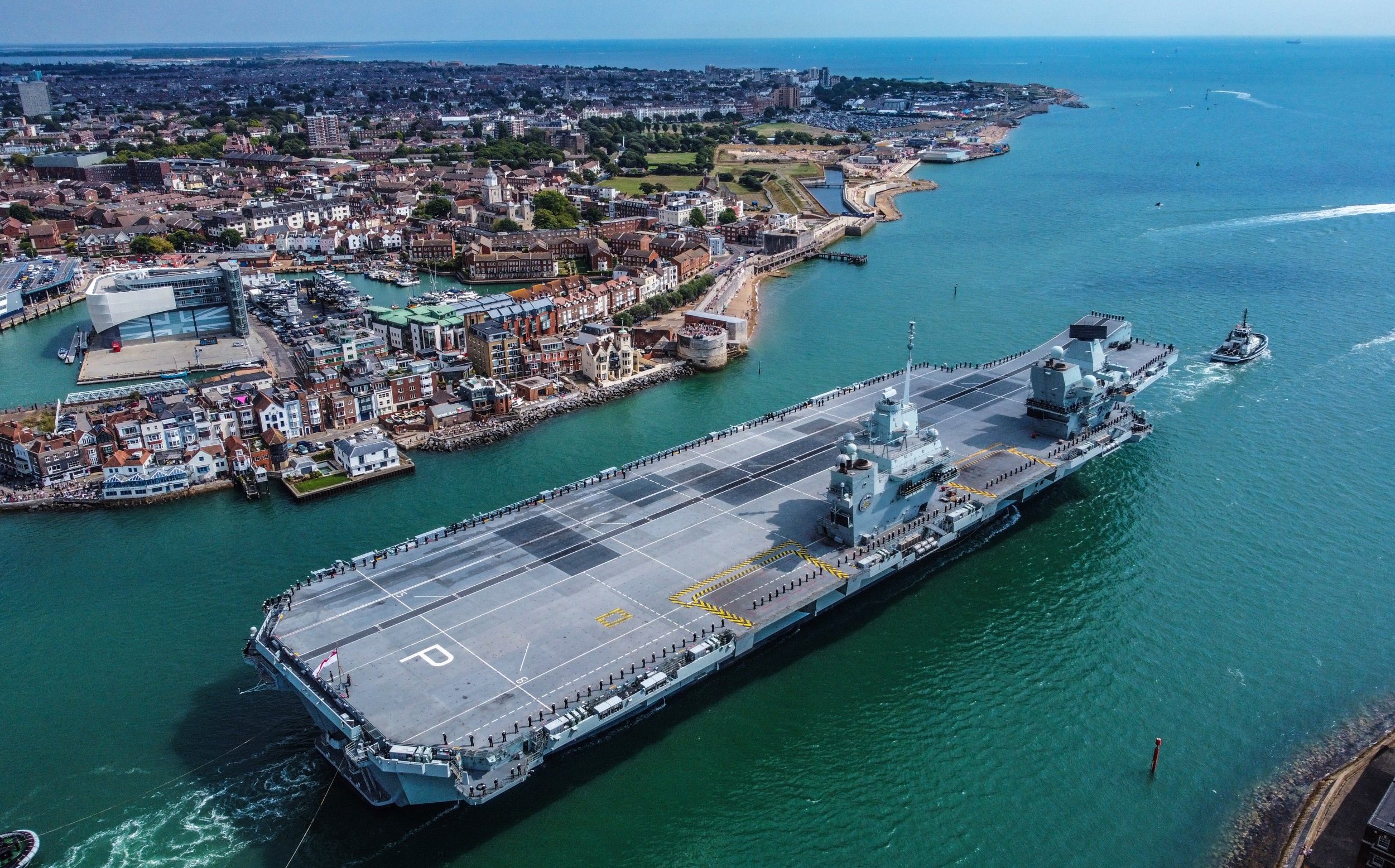Historical Significance
:max_bytes(150000):strip_icc():focal(979x505:981x507)/Prince-Louis-5th-Birthday-042223-01-2000-87c73d8361914e8f9c9723ea1c1a4fc9.jpg)
The M8 Prince of Wales was a revolutionary battleship that played a pivotal role in naval warfare during the early 20th century.
Commissioned in 1904, the M8 was the first battleship to feature a steam turbine propulsion system, which provided it with unprecedented speed and maneuverability. This technological advancement gave the M8 a significant advantage in battle, as it could outpace and outmaneuver older battleships.
Role in Naval Warfare
- The M8’s speed and maneuverability allowed it to take the initiative in battle, engaging enemy ships at close range and delivering devastating broadsides.
- Its powerful armament, which included 10 12-inch guns, made it a formidable opponent in both long-range and close-quarters combat.
- The M8’s success in battle helped to establish the dominance of the Royal Navy during the early 20th century.
Technological Advancements, M8 prince of wales
- The M8’s steam turbine propulsion system was a major technological advancement that revolutionized naval warfare.
- It was the first battleship to be equipped with a wireless telegraph, which allowed it to communicate with other ships and shore stations.
- The M8’s armor was made of high-quality steel, which provided it with excellent protection against enemy fire.
Design and Construction: M8 Prince Of Wales

The M8 Prince of Wales was a formidable battleship that embodied the pinnacle of British naval engineering at the time of its construction. Its design incorporated innovative features and cutting-edge technology, making it a formidable force on the high seas.
Comparison with Other Battleships
The M8 Prince of Wales was comparable in size and armament to other battleships of its era, such as the German Bismarck and the Japanese Yamato. However, it stood out due to its advanced design, which emphasized speed, maneuverability, and protection.
Innovative Features
- Quadruple 14-inch Main Battery: The M8 Prince of Wales was equipped with a powerful main battery consisting of four quadruple 14-inch guns. This gave it a significant advantage in firepower over many of its contemporaries.
- Improved Armor Protection: The M8 Prince of Wales featured an enhanced armor scheme that provided superior protection against enemy shells. Its armor was thicker and more effectively sloped, reducing the likelihood of penetration.
- High Speed and Maneuverability: The M8 Prince of Wales was designed for high speed and maneuverability, with a top speed of 28 knots. This allowed it to engage or evade enemy forces with greater ease.
- Advanced Fire Control System: The M8 Prince of Wales incorporated a state-of-the-art fire control system that enabled accurate and rapid gunnery. This system used radar and other advanced technology to improve target acquisition and tracking.
Service History

The M8 Prince of Wales had a distinguished service history, participating in numerous engagements and battles during World War II. It played a pivotal role in the Mediterranean, the English Channel, and the Far East, earning a reputation for its firepower, speed, and maneuverability.
The M8’s first major engagement was the Battle of Cape Matapan in March 1941, where it played a key role in the destruction of several Italian warships. It then participated in the Battle of Crete in May 1941, providing naval gunfire support to Allied troops on the island.
Involvement in Major Battles
- Battle of Cape Matapan (March 1941)
- Battle of Crete (May 1941)
- Convoy escort duties in the Mediterranean (1941-1943)
- Operation Husky (Allied invasion of Sicily, July 1943)
- Operation Overlord (D-Day landings, June 1944)
- Operations in the Far East (1944-1945)
Performance and Effectiveness in Combat
The M8 Prince of Wales proved to be a formidable warship in combat. Its main armament of eight 14-inch guns gave it exceptional firepower, while its speed and maneuverability allowed it to engage and disengage enemy ships effectively.
The M8 also played a significant role in providing naval gunfire support to Allied troops during amphibious landings, such as the D-Day landings in Normandy. Its heavy guns were used to bombard enemy positions and suppress coastal defenses, supporting the advance of Allied forces.